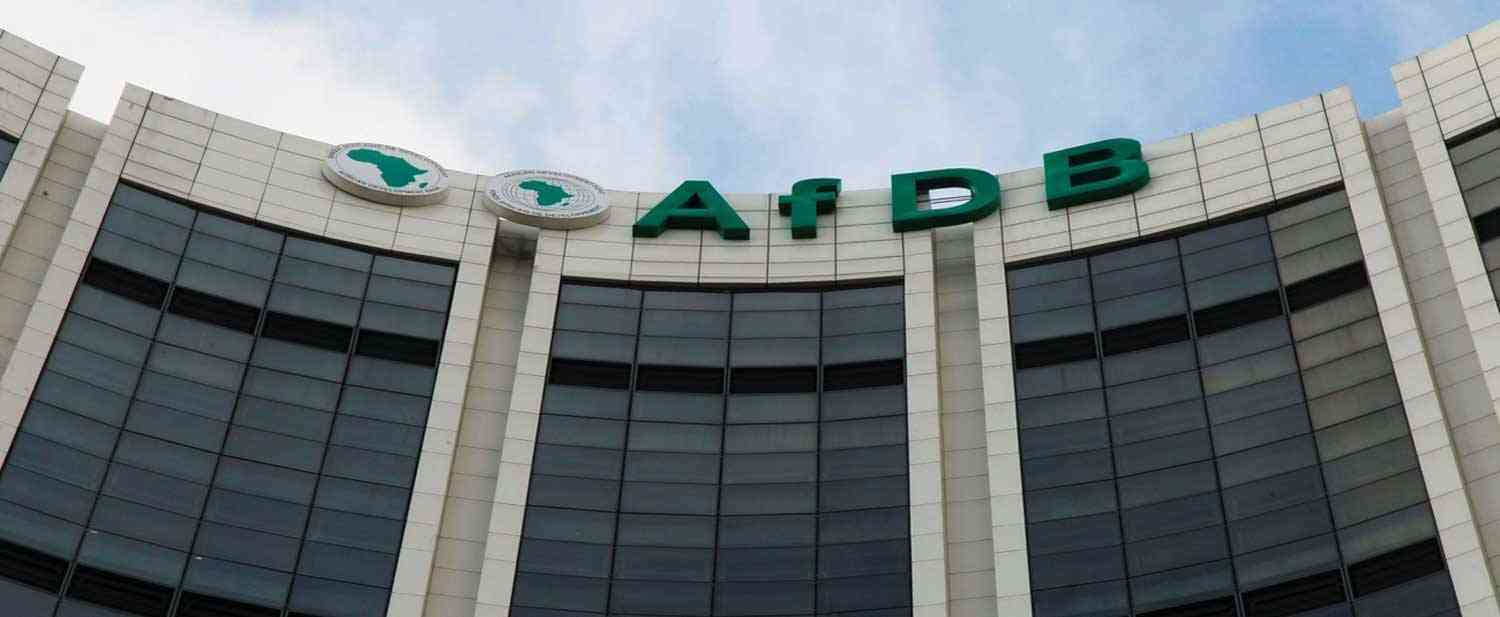
THE government is seeking a US$5,31 million grant from the African Development Bank (AfDB) to support the development of the beef and leather value chain.
The support is part of the Zimbabwe Agricultural Value Chain Enhancement Project (ZAVaCEP), with the government committing US$713 000 to the project.
According to the government, ZAVaCEP seeks to replicate and expand the successful elements of the Support to the Beef and Leather Value Chain Technical Assistance Pilot Project across Matabeleland South, Masvingo and Bulawayo provinces.
The project will emphasise capacity building, providing potable water, enhancing livestock productivity, value-addition and private sector development.
“The Zimbabwean government is seeking a grant of UA4 000 million (US$5 310 million) from the African Development Bank Fund to support the development of the beef and leather value chain through the Zimbabwe Agricultural Value Chain Enhancement Project (ZAVaCEP),” the Lands, Agriculture, Fisheries, Water and Rural Development ministry said in a statement about ZAVaCEP.
“Additionally, the government will contribute AU0,537 million (US$0,713 million), with beneficiaries contributing a small 1,5% . . . The ZAVaCEP seeks to replicate and expand the successful elements of the Support to the Beef and Leather Value Chain Technical Assistance Pilot Project across Matabeleland South, Masvingo and Bulawayo provinces.”
The project focuses on improving livestock productivity through better farming practices and support systems, enhancing animal genetics and ensuring reliable water supply for livestock needs.
Additionally, the project also addresses climate change impacts, such as increased animal disease outbreaks, droughts and cyclones, by implementing robust disease control measures.
- Renault hands Russian assets to Moscow
- New perspectives: Building capacity of agricultural players in Zim
- News in depth: Mnangagwa’s push for $12 billion mining industry imperils communities
- New perspectives: Building capacity of agricultural players in Zim
Keep Reading
“Additionally, ZAVaCEP promotes value-addition in the beef and leather sectors, trains farmers in animal husbandry to improve hides and skins, and supports leather product manufacturers with start-up tools,” the ministry said.
“By co-ordinating stakeholders for efficient operations and encouraging private sector involvement, the project aims to boost economic growth and job creation.”
The ministry said this project would emphasise capacity building, providing potable water, enhancing livestock productivity, value addition, and private sector development.
“It aligns with Zimbabwe’s National Development Strategy 1 (NDS1: 2021-2025), Vision 2030, and the Zimbabwe Leather Sector Strategy (2021-2030). The ESMP [Environment and Social Management Plan] was developed in consultation with the Zimbabwe Environment Management Agency (EMA) to ensure compliance with national environmental legislation and AfDB’s environmental and social obligations,” the ministry said.
“This ESMP will outline specific mitigation measures designed to address potential environmental impacts, and once approved by the AfDB, it will be submitted to the EMA for review and approval, followed by effective implementation and continuous monitoring.”
The ministry revealed that the scope of work for developing the ESMPs includes conducting thorough environmental and social analyses, reviewing documentation and conducting site visits and evaluating potential impacts.
This scope also includes defining institutional arrangements, conducting gender analyses, developing a Grievance Redress Mechanism, and preparing a comprehensive ESMP report.
“Agriculture is crucial to Zimbabwe’s economy, contributing around 16% to the overall output, but it remains underdeveloped in terms of value addition. The sector, which includes crops, livestock, and fisheries & aquaculture, is vital for employment, income generation, livelihoods and poverty reduction,” the ministry said.
“Agriculture accounts for 12%-18% of GDP [gross domestic product], provides jobs and income to 60%-70% of the population, supplies 60% of raw materials for industry and generates nearly 40% of export earnings.
“With 67% of Zimbabwe’s population living in rural areas and primarily engaged in smallholder farming, improving agricultural productivity is essential for reducing poverty, hunger and malnutrition.”
The ministry said the National Agriculture Policy Framework (2018-2030) outlines a plan for sustainable investments to enhance agricultural productivity and competitiveness.






